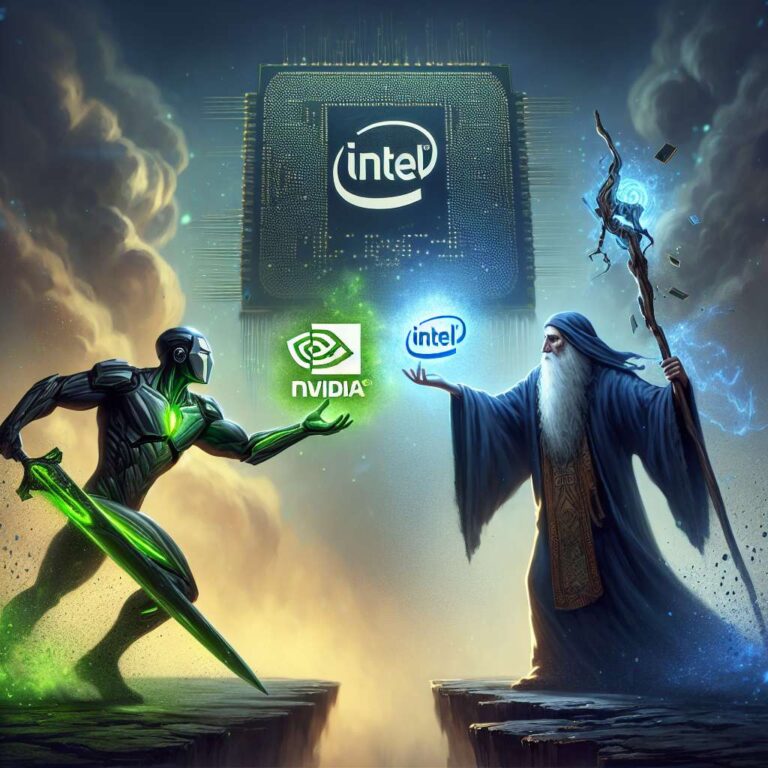Nvidia agreed to invest in Intel and collaborate on developing chips for data centers and personal computers, positioning the move as a strategic partnership between rivals. The companies said the deal, which requires regulatory approval, will pair Nvidia’s accelerated computing stack with Intel’s CPUs and the x86 ecosystem to build out new infrastructure and personal computing products.
The agreement marks a significant endorsement of Intel, which recently allowed the U.S. government to take a nearly 10 percent stake. It also lands amid heightened scrutiny of the semiconductor supply chain, tensions in U.S.-China relations, and the rapid expansion of artificial intelligence across the industry. The announcement underscores how market leadership has shifted, with Intel once the most valuable chipmaker and Nvidia now holding that position.
Financial details remain limited in the public text, but Nvidia is buying Intel common stock at a nearly 7 percent discount to Intel’s prior close. Intel shares surged more than 22 percent in Thursday trading, creating a paper gain for the U.S. government’s new holding. Nvidia CEO Jensen Huang said the companies had been in discussions for about a year and that the Trump administration had no involvement, although the New York Times reported the administration had approached Nvidia about an Intel investment earlier this year.
On product plans, Intel will build central processing units for Nvidia that Nvidia will integrate into its artificial intelligence infrastructure platforms for data centers. Intel will also build and sell PC chips that incorporate Nvidia graphics chiplets. Citing the roughly 150 million laptops sold annually, Huang pitched the combination as uniting leading GPU and CPU technologies. The companies did not say whether Nvidia would use Intel’s foundry services to manufacture its own chips, and executives steered questions back to product collaboration. Intel CEO Lip-Bu Tan said the focus is on building products together.
Intel’s manufacturing arm has been a money-loser and previously faced shareholder pressure to be spun off. After the government’s investment, Intel’s CFO indicated the stake was intended to keep the manufacturing business in-house, aligning with broader efforts, including the CHIPS Act, to rebuild U.S. chipmaking capability. Still, many American companies, including Nvidia and Apple, continue to rely on Taiwan Semiconductor Manufacturing, which is expanding production in the U.S.
Analyst reaction was cautious. CFRA’s Angelo Zino wrote that the expanded partnership is centered on products and has not yet addressed the core challenges in data centers, while suggesting it could set the stage for Nvidia to eventually use Intel’s foundry as Intel seeks a major external partner. The open question is whether, with political tailwinds and new alliances, Intel can mount a sustained comeback.

